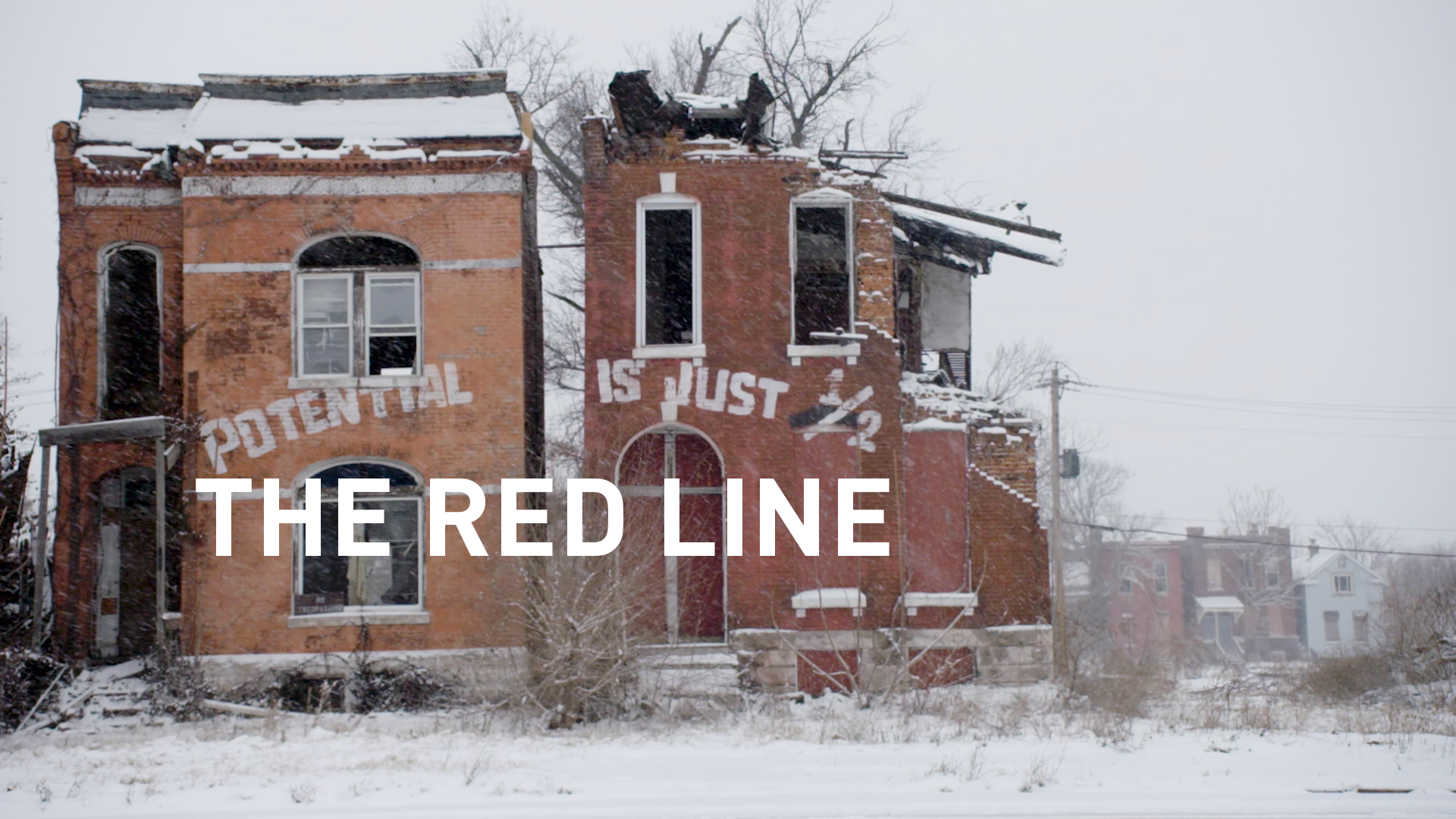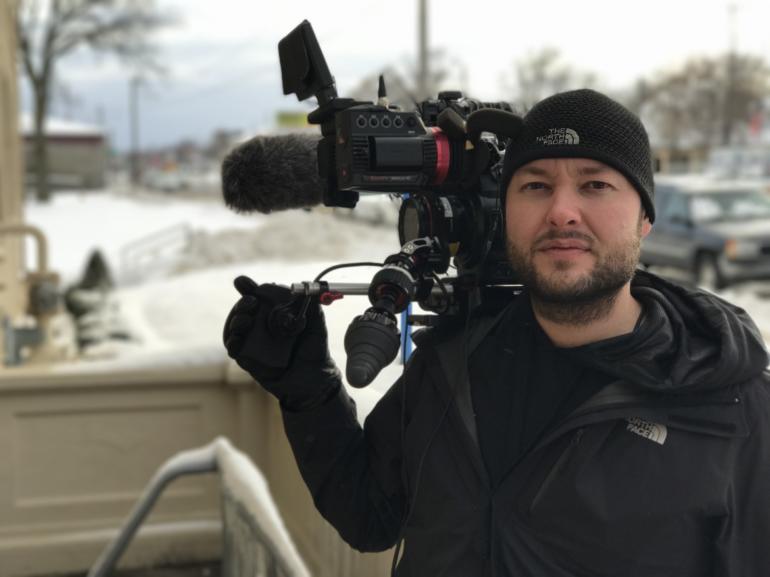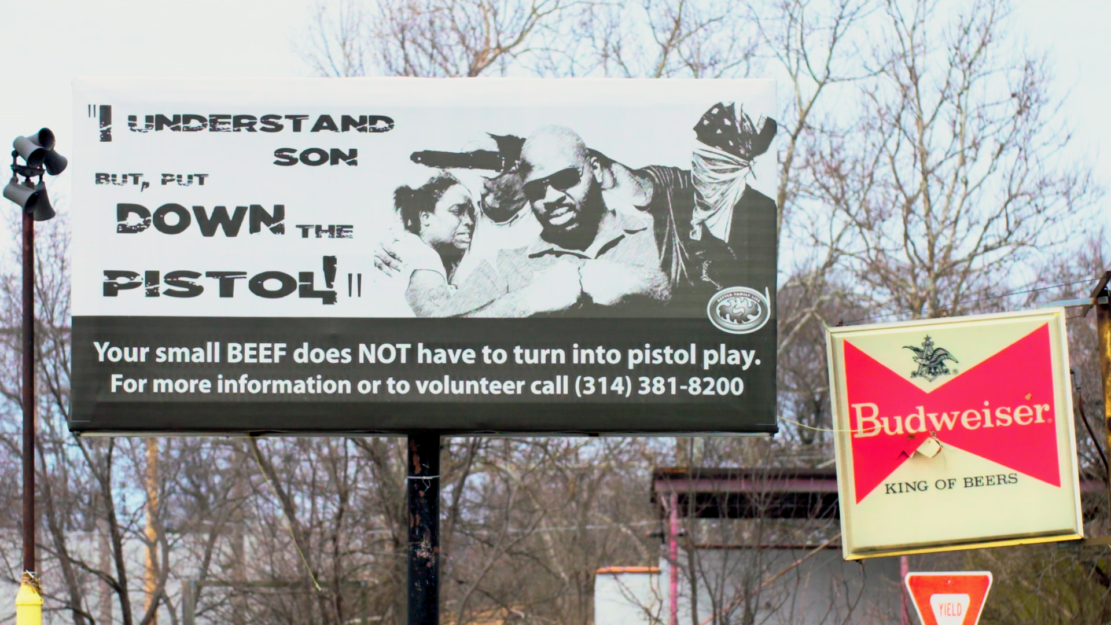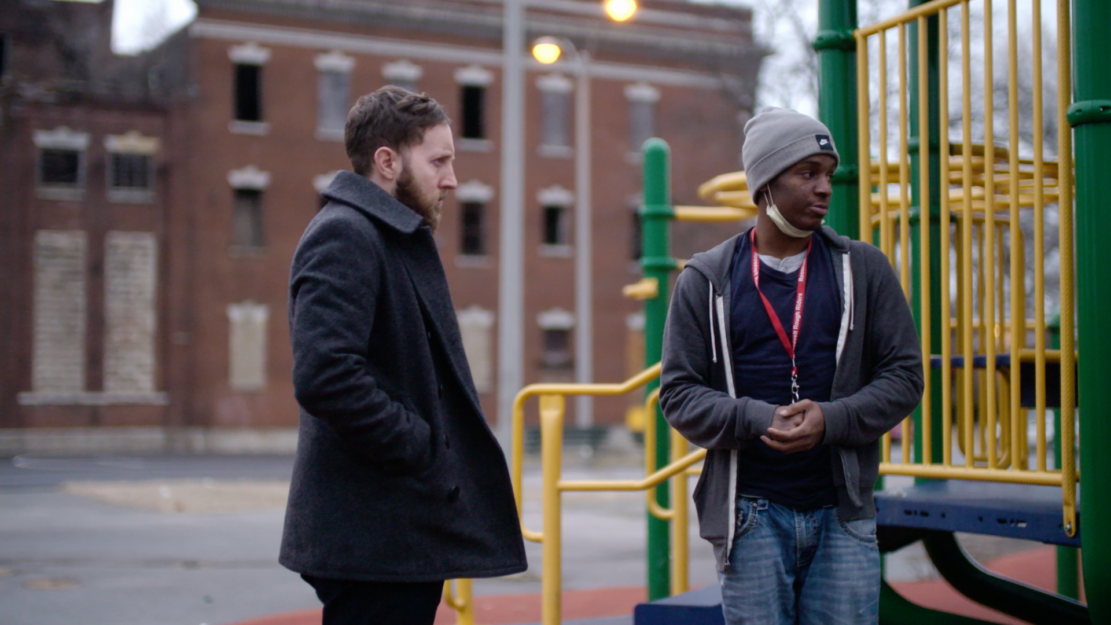
The Spiral of Violence and Discrimination in ‘the Gateway to the West’
St. Louis was once one of the largest cities in the United States, but today the city is in decline. The city that was once home to a population nearing a million and a healthy industry is now ravaged by poverty, crime, and violence.
Further complicating the city’s decay is endemic segregation created by the Delmar Divide. Delmar Boulevard splits the city in two, with the city’s wealth, resources, and White population predominantly living to its South.
The Red Line takes an in-depth look into the violence, poverty and discrimination dividing St. Louis and examines what some locals are doing to improve the situation in the city.
WATCH
DIRECTOR Q&A | MARK OLTMANNS

What attracted you to the story of Red Line?
Gun violence in the U.S. is extremely concentrated. More than a quarter of all gun homicides in the U.S. happen in neighborhoods that house less than 2% of the country’s population. This is no different in St Louis, where much of the violence is concentrated in poor communities of color. All too often, stories about urban gun violence get reduced to simplistic stereotypes and statistics. We wanted to tell stories from people on the frontlines of this crisis, including some of the young men who are most likely to be the victims or perpetrators of gun violence.
Why was it important to tell this story?
For each of the past five years, St. Louis has had the highest murder rate among major cities in the U.S. The city drew national headlines this summer as 18 children were killed by gun violence across the St Louis area. More than two-thirds of the murders happen on the city’s impoverished north side, where a history of racist housing policies and decades of disinvestment have created huge disparities. We wanted to explore how the city got to this point, and what community members and public officials are doing to mitigate this public health epidemic.
What should we know about your filmmaking process?
The key ingredient in making our films is trust. We are so grateful to our subjects who open their lives to us and share their personal experiences. We strive to capture their stories as they unfold in real time and get as close as we can without getting in the way. In today’s over-produced world of video, with slick editing and perfect soundbites, our films are cut a bit more rough as we embrace the nuance, complexity and contradiction that often accompany our subjects’ experiences.
Did you make any unexpected discoveries while shooting?
Coming from a state with pretty strong gun laws on the books, I didn’t realize how easy it has become to get a gun in Missouri. No waiting period, no background check, no permit or training required. Most anyone 19-years-old or over can buy and carry a concealed weapon in the state.
What do you hope your documentary will achieve?
The U.S. leads the developed world in gun violence. To combat this epidemic it’s going to take a monumental reframing of the issue and our approach. Gun violence is not a problem that society can simply arrest its way out of. Rather, gun violence is like a preventable disease that can be cured when approached from a public health perspective, with community stakeholders and public officials (law enforcement, social services, health services) making a coordinated and comprehensive effort to address root causes and those most at-risk. In listening to the subjects in our film share their life experiences in their own words, we hope viewers will walk away with a deeper appreciation for the complex issues involved and see the importance of adopting a radical new approach to reducing urban violent crime.
DOCUMENTARY SELECTS
Click on any image for full screen slideshow.





 CGTN America
CGTN America





